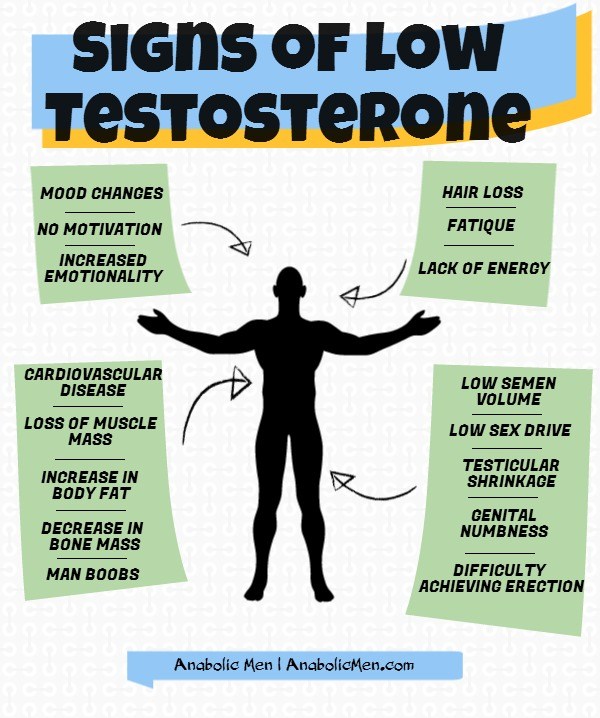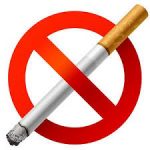Low testosterone levels, or “low T,” can affect men and women alike.
Testosterone, the primary sex hormone in men, is produced mainly in the testicles, and causes men to develop a deep voice, large muscles, and body hair.
Testosterone is also essential for the production of sperm.
When levels of testosterone fall — known as low testosterone or “low T” — it can have a profound effect on men, both physically and psychologically.
Normal levels of testosterone in healthy men range from about 300 nanograms per deciliter (ng/dL) up to 1,000 ng/dL, according to Medline Plus.
The normal range is broad and varies by age. In older men, the lower end of “normal” may be lower than in younger men.
Levels of testosterone in the male body rise during and after puberty, then gradually decrease after age 30.
This gradual lowering of testosterone is sometimes referred to as andropause or male menopause.
Testosterone levels may also be lower in men with hypogonadism, a condition in which the body is unable to produce normal amounts of testosterone.
Hypogonadism can occur because of a problem with the testicles or with the pituitary gland, which controls the testicles.
Obesity, having medical conditions such as autoimmune diseases or type 2 diabetes, or using drugs including alcohol or opioids, can also contribute to low levels of testosterone.
Testosterone and Women
Women also produce testosterone, although much less than men: A normal testosterone level in women is 15 to 70 ng/dL according to Medline Plus.
In women, testosterone is produced in the ovaries and the adrenal glands.
Similar to men, low T in women can be caused by a variety of medical conditions as well as by advancing age.
In the years leading up to menopause, women normally experience a drop in testosterone levels.
Low levels in women may be associated with decreased libido, low energy, and depressed mood.
There is some evidence that testosterone replacement therapy can increase sex drive and help with other sexual problems in some women.
But the long-term safety of this treatment is unknown, and some experts say it may raise the risk of breast cancer, though there has yet to be conclusive evidence.
Currently, testosterone preparations are not approved for use in women by the Food and Drug Administration (FDA).
Symptoms
Male hypogonadism may be present from birth or may develop later in life as a consequence of injury or infection.
In infants, symptoms of hypogonadism include:
- Ambiguous genitalia
- Female genitalia (in a genetically male child)
- Underdeveloped male genitalia
In boys around the age of puberty, symptoms include:
- Lack of muscle mass development
- No deepening of the voice
- Lack of facial and body hair
- Slow increase in size of penis and testicles
- Arms and legs that grow out of proportion to the rest of the body
In men, symptoms of hypogonadism include:
- Infertility
- Low sex drive
- Erectile dysfunction (ED)
- Sparse facial or body hair
- Growth of breast tissue
As the level of testosterone in the body decreases with age, men may also experience:
- Fatigue
- Decreased sex drive
- Difficulty concentrating
- Changes in sleep patterns
However, these symptoms are nonspecific, meaning they can be caused by many factors, not just low testosterone.
Treatment
Male hypogonadism is diagnosed based on symptoms, blood tests of testosterone level, and other lab tests, as needed.
It’s typically treated with testosterone replacement therapy and other therapies, depending onwhat’s causing low T.
In men who are obese, or who have an underlying medical condition such as diabetes that can contribute to low T, losing weight or managing the underlying condition often causes testosterone levels to normalize.
In recent years, many advertising dollars have been spent on promoting testosterone replacement therapy to middle-aged men experiencing such symptoms as fatigue and low libido.
Whether treating such men with testosterone is safe or appropriate, however, is a matter of some controversy. Some doctors are strongly in favor of it, while others are much more cautious.




